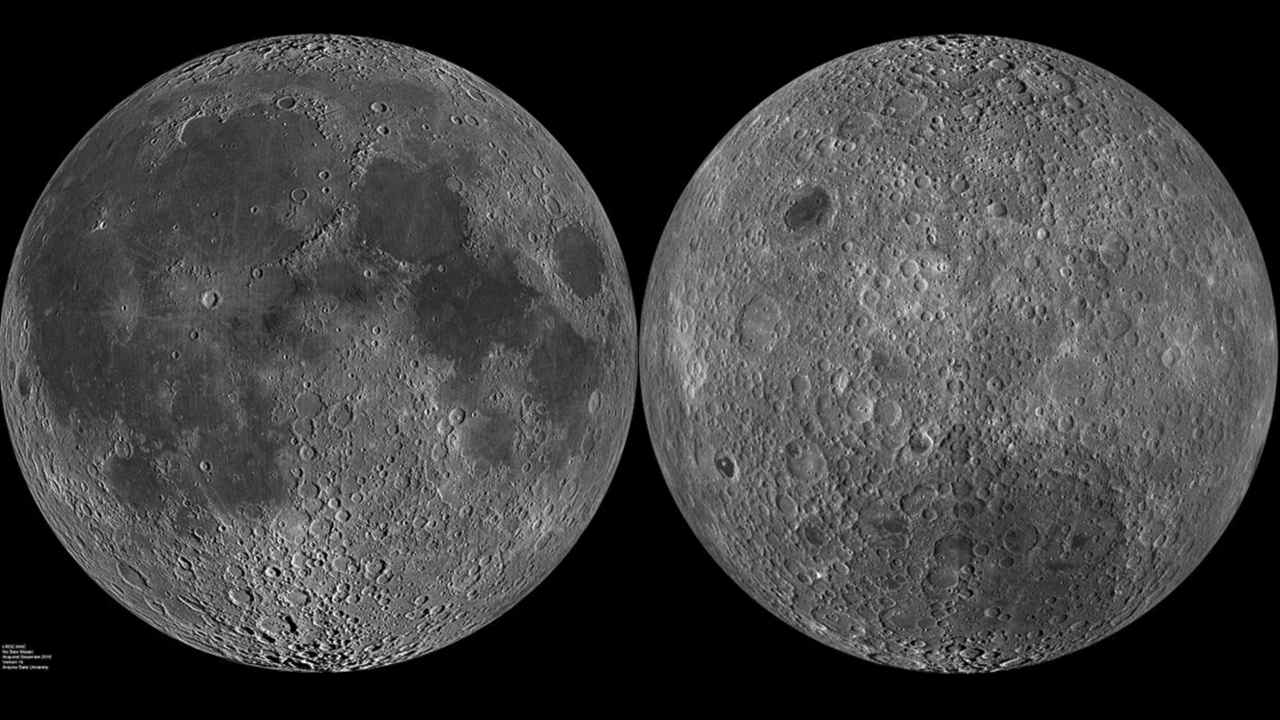China makes space exploration history
On 8 th December, China made space exploration history. The country’s space agencylaunched a lunar-landing mission to the moon’s far side, which is hidden from Earth’s view.
The mission aims to gently touch the spacecraft down on the moon’s surface on the far side, a feat that no country has ever attempted.
The Chinese moon mission is called Chang’e-4. The name “Chang’e” is that of a mythical lunar goddess and the “4” indicates that this is the fourth robotic mission in China’s decade- long lunar exploration program.
The far side of the moon is mountainous and rugged, so making a landing there is a tricky business. Tucked away from a line-of-sight or -communication, it is also difficult for mission control on Earth to reach out to.
For all of history, the far side has been out of sight and reach for astronomers to study. It shares very few features with the near side, something the Luna 3 and Apollo 16 missions have thrown some light on. One of the biggest mysteries in modern astronomy is why the far side is much, much thicker than the near side is.
This mission may be able to solve some of these mysteries. The mission’s rover and lander could take measurements of the rocks and lunar soil, or regolith, on the moon’s far side, which has never happened before. It can also make way for people landing on the moon. “The mission is ambitious, and the science is amazing,” Tamela Macial, an astrophysicist and communications manager as the National Space Centre in Leicester, England, tweeted on Friday. “Chang’e 4 plans to explore the oldest and deepest impact basin on the moon – the South Pole-Aitken basin, which we never see from Earth since it’s on the far side.”
It is possible that this basin is so deep that it contains material from the moon’s inner
mantle. The Chinese robots might hence be able to study some of the moon’s ancient rocks.
China also plans to launch a crewed moon landing mission in the early 2030s and if that happens as planned, it could be the first-time people land on the moon since NASA’s Apollo program ended in 1972.





